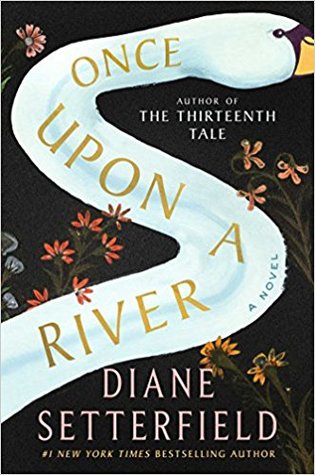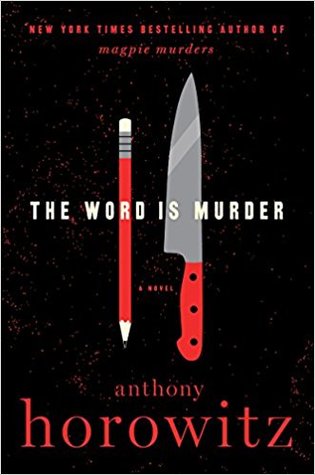In the early years of this book review blog, I reviewed many mystery novels, especially those set in the Middle Ages. In more recent years, I’ve drifted away from medieval mysteries. This post is a reset! I recently read three of the 17 titles in the medieval mystery series by Priscilla Royal:
Wine of Violence (2003), Sorrow without End (2006), and The Twice-Hanged Man (2019)
To start things off, in 1270, the brilliant and high-born Eleanor of Wynethorpe is selected by England’s King Henry III to be Prioress of Tyndal Priory, near Norwich, on the windswept coast of the North Sea. Tyndal Priory is highly unusual in that it’s a double house, with monks and nuns living in separate but adjoining buildings and ruled by a woman, not a man. Eleanor’s appointment is also highly unusual, in that she’s only twenty years old when she takes up her post. The ensemble cast, solving all kinds of murders, includes Crowner Ralf (kindhearted local coroner), Brother Thomas (reluctant monk who is gay), and Sister Anne (herbalist extraordinaire). The historical elements of these novels are quite accurate, though I didn’t find the daily liturgical obligations of the monks and nuns to be quite prominent enough. The tone is very much like that of Ellis Peters, whose Brother Cadfael mystery series (21 books between 1977 and 1994) is for me the gold standard. Click here to read my essay on medieval mysteries, and click on any series title below to read more reviews.
The Domesday Series by Edward Marston (1993 to 2000) Gervase Bret, a brilliant lawyer, and Ralph Delchard, an intrepid soldier, travel around England investigating disputes related to the Domesday Book, William the Conqueror’s massive survey of properties in the year 1086. Of course, they also solve crimes.
The Owen Archer Series by Candace Robb (1993 to 2024) In the early 1360s, an archer who has lost an eye in England’s war in France retires to York and apprentices himself to a female apothecary, Lucie Wilton, whom he marries. The mystery part comes in because Owen Archer also works as a spy for the Archbishop of York and the Chancellor of England.
The Roger the Chapman Series by Kate Sedley (1991 to 2013) Roger is an itinerant purveyor of small household goods and haberdashery in late fifteenth-century England. He tells his mystery tales in first-person narrative, looking back, as an old man, on the adventures of his youthful traveling days.
The Dame Frevisse Series by Margaret Frazer (1992-2008) A fifteenth-century nun at St. Frideswide’s, a small fictional Oxfordshire convent, is a practical and clever sleuth, dealing with murders as well as with the personality clashes and power struggles that are inevitable in a religious community.
































